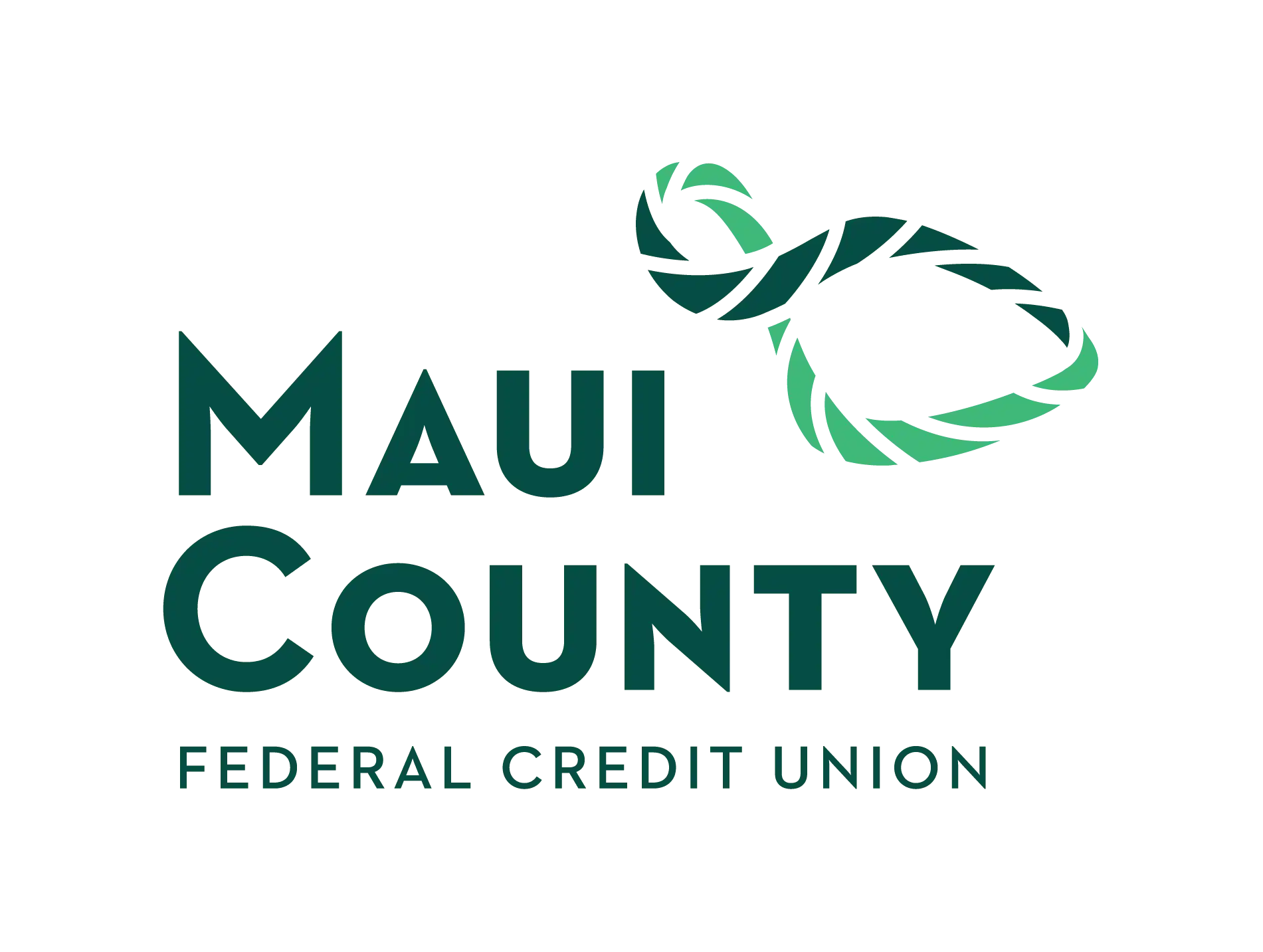Surfrider’s water quality monitoring expands; reports ongoing pollution in Wailuku River

Surfrider Foundation’s Blue Water Task Force program released its annual Maui water quality report for 2022.
In 2022, trained BWTF volunteers sampled 16 sites on the North Shore and four sites in Hāna monthly for the presence of Enterococcus, a fecal bacteria that indicates the presence of human or animal waste in the water. Elevated levels of Enterococcus increase the likelihood that other pathogens that can make people sick may be present.
The program had two important additions this year, including a new lab site at Pāʻia Youth and Cultural Center. In addition, Surfrider Maui partnered with community members from Hāna to collect water quality samples there for the first time.
“We are extremely thankful for the community partnerships that have strengthened our water quality monitoring program,” said Greg Masessa, Coordinator of the Maui Blue Water Task Force team. “Community volunteers like Mary Ann Kahana in Hāna, for example, have been able to expand the program to provide valuable public information about coastal water quality in East Maui.”
In 2022, eight sites (Kūʻau Cove/Mamaʻs Beach, Wawau Point/Baby Beach, Hoʻokipa Beach Park West, Pāʻia Bay, Sugar Cove, Kahului Harbor, Wailuku Stream, and Māliko Bay) had at least one sample that exceeded state health standards. This was higher than in 2021 where five sites had at least one sample fail.

Topping the list, for the second year in a row, is Wailuku Stream with 27% of samples exceeding health standards in 2022. This site also had the highest single bacteria reading last year of 4,366 Enterococcus mpn/100mL (the state standard is 130 mpn/100mL). The contributing watershed and nearby coastline has a particularly high concentration of cesspools, according to the report. The chronic pollution documented by the BWTF at this site indicates the potential impact of sewage pollution.
“Most of our sites on the North Shore of Maui are relatively clean,” said Masessa. “This coastline has high wave and wind activity that can quickly flush out pollutants. However, we continue to see elevated bacteria levels at stream mouths and after heavy rain falls.”

2022 was also the first year that water quality samples were collected in Hāna. Though sample size was limited, Haneoʻo Fish Pond had consistently high bacteria levels. It is likely that the fish pond has freshwater inputs and land-based sources of pollution contributing to high bacteria levels, according to the report.
The state Department of Health has not sampled coastal water quality in Hāna since 2019 (when a single sample was pulled). At Haneoʻo Fish Pond, 43% of the samples collected by BWTF volunteers exceeded state health standards. Ongoing monitoring by community members at these sites will provide valuable data moving forward, according to program leaders.
High bacterial counts indicate the presence of human or animal waste in these waters, which may threaten public health. The data is also important in identifying chronically polluted sites that should continue to be prioritized for ongoing monitoring, as well as potential investigation on behalf of the Department of Health.
The public should be particularly aware after heavy rain events that lead to increased runoff and can prompt Brown Water Advisories. Even if you do not see a notice posted, the public is advised to avoid brown water until conditions clear.
“Brown water indicates runoff from upslope areas and we often find elevated bacteria levels. If the water is brown, stay out,” said Masessa.

Given the human health risks posed by brown water events, Surfrider Foundation has requested that the Hawaiʻi Department of Health provide better warning to the public when Brown Water Advisory conditions occur. Despite the known presence of bacteria in coastal waters after heavy rains, the HDOH does not sample the water at priority beaches until the brown water has subsided. Not collecting samples during brown water advisories, however, skews the state’s data to dry conditions, according to the organization.
“When you look at the state’s annual data, it doesn’t look like we have major coastal water quality issues,” said Lauren Blickley, Surfrider Foundation’s Hawai’i Regional Manager. “However, the water quality data collected from our Blue Water Task Force teams paint a very different picture. Kids on Kaua’i are regularly playing at the mouth of the Nāwiliwili Stream, where weʻve sampled some of the highest levels of bacteria in the state. There are other areas that also have very concerning water pollution levels and little to no data from the state warning people to stay out of these waters – especially after heavy rains.”
While the HDOH does maintain an online Brown Water Advisory public notification system, the Surfrider Foundation says this does not provide a “fair and equitable” way for coastal users to make informed decisions about where to get in the water.
“We support an online Brown Water Advisory portal,” said Blickley, “but it’s a no-brainer that the state should also be providing lifeguards and the public with temporary signs for when the water is brown. Most people aren’t going to check online before they go to the beach, but they might think twice about entering the water if they see a sign in the sand.”
Surfrider Foundation has been requesting that the HDOH sample priority beaches during brown water advisories and provide better warning to the public at the beach when BWA conditions occur. The organization reports that Senate Bill 508, which would have accomplished these two goals, died this legislative session in the Senate Ways and Means committee.
Surfrider continues to see this as a priority to protect safe recreation for in Hawaiʻi’s coastal waters.








